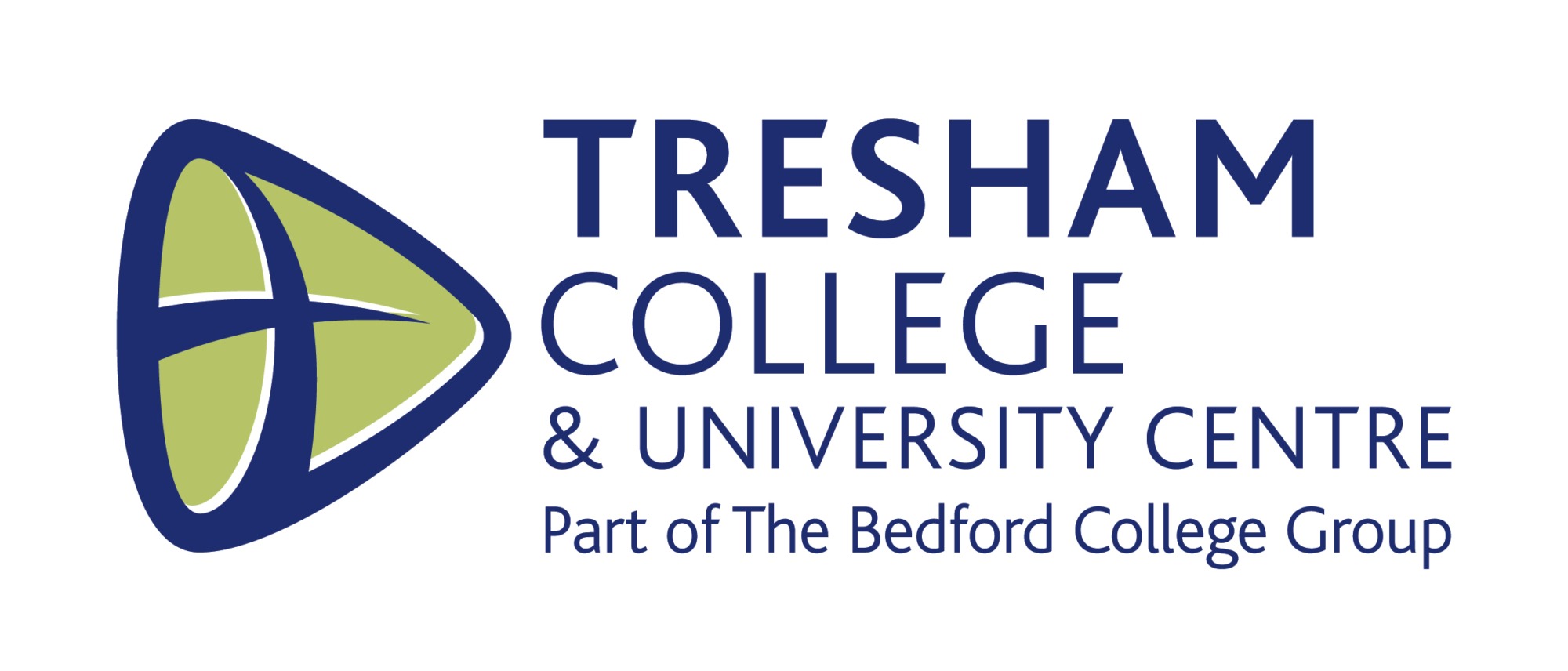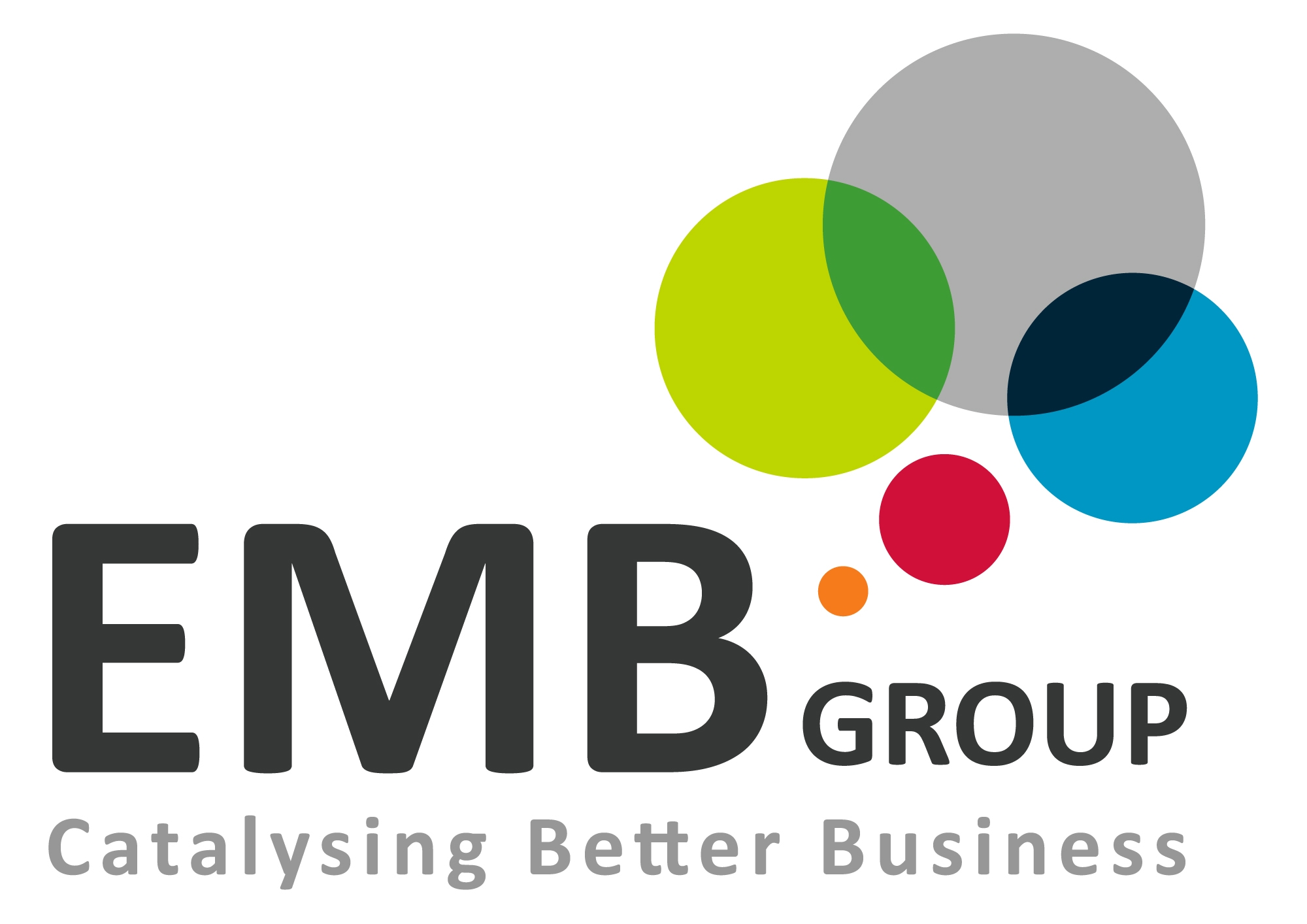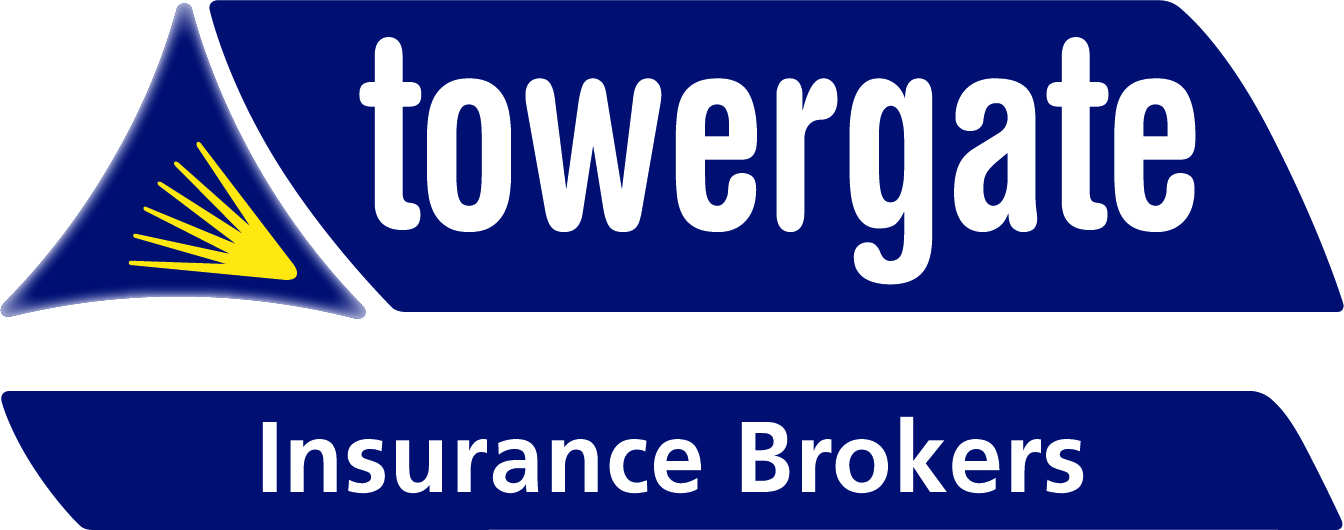

HOW TO MAXIMISE YOUR PENSION BENEFITS
Blogs
This year’s Pension Awareness Week is from 12 -16 September, with the National Pension Awareness Day falling as usual on 15 September. The first wag I told about it, my colleague Jat, said he wasn’t aware of it! Well, poor jokes aside, let me explain why pensions are so important and how to maximise your benefits from them.
Firstly let’s address the biggest disadvantage of pensions. You cannot touch them until you are 57.
What then is the biggest advantage of pensions? You cannot touch them until you are 57.
You see the biggest disadvantage of pensions perversely happens to be their biggest advantage. Why do I say that? Well, it’s because you cannot access the money and blow it before you retire. It is enforced tax efficient savings.
The problem with all other types of savings in your personal name is that you can access the money before age 55. There are so many calls on your money pre-retirement such as buying your first home, getting married, having children and bringing them up. Often the first thing to give is your pension because retirement seems such a long time into the future. However, what is surprising is just how fast the years fly by. Before you know it you are 55 with little or no savings. Whereas if you had paid into a pension all of your life you would probably be looking forward to a comfortable retirement.
So the inability to access your pension before age 57 turns out to be an advantage after all.
There are additional benefits of saving via a pension scheme. For example, if it is a workplace pension you benefit from additional employer contributions of at least 3% of your salary. You pay 5% of your salary but you get further Income Tax relief on your contributions of between 20%-45% depending on your tax position.
Even as a basic rate taxpayer paying 20% Income Tax your monthly combined pension contributions of 8% of your salary will be funded 50% by employer contributions (3%) and Income Tax relief (5% x 20% = 1%). So for every 4% of your salary that you pay into your workplace pension monthly, double that amount is added to your pension. That is the equivalent of achieving an investment return of 100% each month on each and every pension contribution. In anyone’s language that is a phenomenal return.
Once invested your money grows free of Income Tax and Capital Gains Tax in a pension until you start taking an income from it from age 57 at the earliest currently. What’s more, it is free of Inheritance Tax too. If it is a money purchase pension scheme such as a personal pension then it can be inherited by your spouse or Civil Partner or, if they have predeceased you, your children and/or other relatives or friends. It’s up to you. You name your beneficiaries in a death benefits nomination. The important point to remember is that your pension doesn’t die with you or your spouse/partner but can be inherited by other beneficiaries.
When you reach age 57 you may withdraw up to 25% of your money purchase pension (defined contribution) scheme free of taxation. The rest can be taken as taxable income taxed at your marginal rate of taxation.
However, you may withdraw your money purchase pension benefits flexibly by taking as much income or tax-free cash as you want within the allowable limits and on a piecemeal basis if you wish. This allows you to maximise your Income Tax savings with careful planning.
There is little doubt in my mind that pensions are a super method for building your wealth tax efficiently especially if you are benefiting from subsidised employer pension contributions. Start early and you will be astonished just how much your pension will grow in value by age 55 and beyond. This strategy alone will give you the comfort of retiring comfortably at a younger age than you ever dreamt possible. You know it makes sense.**
*The government has confirmed plans to increase the minimum age you can access your pension from 55 – to 57 from 2028.
**Risk warnings
The value of your investment can fall as well as rise and is not guaranteed. The contents of this blog are for information purposes only and do not constitute individual advice. You should always seek professional advice from a specialist. All information is based on our current understanding of taxation, legislation, regulations and case law in the current tax year. Any levels and bases of relief from taxation are subject to change. Tax treatment is based on individual circumstances and may be subject to change in the future. This blog is based on my own observations and opinions.


















